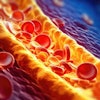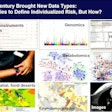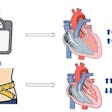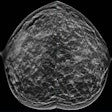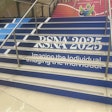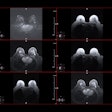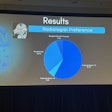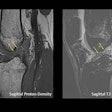Dear AuntMinnie Member,
Breast MRI is an exciting technique for detecting cancer, but it does have shortcomings. Researchers from Arizona addressed one of them -- the technique's sensitivity to patient motion -- in a study we highlighted this past week.
They called their technique multiplexed sensitivity-encoding (MUSE), a type of diffusion-weighted imaging protocol that splits a single-shot imaging acquisition into multiple shots. Learn more about how it works in an article in our MRI Community.
More research is emerging about the neurological complications of COVID-19. A group from Johns Hopkins University has published a study that indicates it could be a good idea to give brain MRI scans to hospitalized patients with COVID-19 before they are discharged to detect signs of neurological damage.
In other important MRI news, Japanese researchers found that contrast MRI could help identify ectopic pregnancy, while another study found that artificial intelligence could have valuable clinical use for functional and diffusion MRI scans.
A comeback for radiology jobs
We all know the devastating impact that the COVID-19 pandemic has had on medical imaging volume. This has had many spillover effects, including on the job market for radiologists. Many practices have postponed making any new hires, and radiologists have even been furloughed in some cases.
But the job market should bounce back quickly after COVID-19, at least according to Daniel Corbett of healthcare recruiter Radiology Business Solutions. He offers six reasons why radiologists shouldn't worry about their long-term employment prospects.
In other radiology economics news, read about the toll that COVID-19 has had on healthcare personnel and get the latest on recent revisions to the U.S. government's Paycheck Protection Program from Rebecca Farrington of Healthcare Administrative Partners.
Find more stories like these in our Imaging Leaders Community.
CT and COPD
Also, don't miss our article on a fascinating study that sheds light on why nonsmokers sometimes develop chronic obstructive pulmonary disease (COPD). Researchers used CT to discover that people with smaller lung airways might be at higher risk of developing the condition.
While you're in our CT Community, check out how well a system developed by the RSNA to classify CT COVID-19 cases performed and find out how D-dimer blood tests and CT pulmonary angiography worked together to predict which patients with COVID-19 might develop pulmonary embolism.
